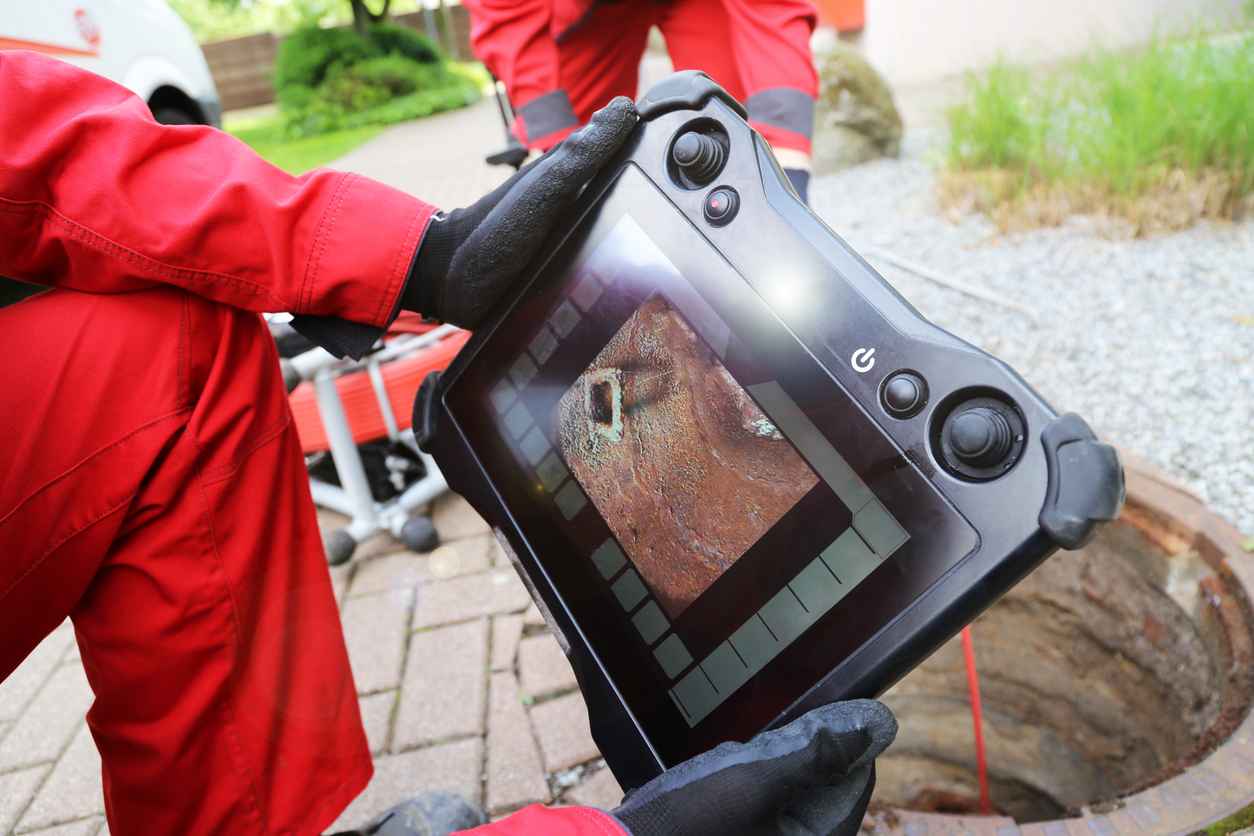
How Do Thermostats Work?
A thermostat is an essential component of your home’s HVAC (Heating, Ventilation, and Air Conditioning) system. It plays a crucial role in maintaining a comfortable indoor environment by regulating the temperature. But have you ever wondered, how does a thermostat work? Understanding the basics of thermostat operation can help you make better decisions about your home’s heating and cooling needs. In this article, we’ll explore how a thermostat works and the different types available, ensuring you’re well-informed the next time you adjust your home’s temperature.
The Basics of Thermostat Operation
At its core, a thermostat is a device that senses the temperature of a system and maintains it at a desired setpoint. When the temperature deviates from this setpoint, the thermostat triggers the HVAC system to either heat or cool the space until the set temperature is reached.
So, how does a thermostat work? Most modern thermostats operate using a bimetallic strip, electronic sensors, or digital technology to detect temperature changes. Here’s a breakdown of these components:
- Bimetallic Strip: Traditional mechanical thermostats use a bimetallic strip made of two different metals with different coefficients of thermal expansion. When the temperature changes, the strip bends due to the metals expanding at different rates. This bending movement either completes or breaks an electrical circuit, signaling the HVAC system to turn on or off.
- Electronic Sensors: Many modern thermostats use electronic sensors to detect temperature changes. These sensors are highly accurate and can respond quickly to even minor fluctuations in temperature. They send electrical signals to the HVAC system to adjust the heating or cooling output as needed.
- Digital Technology: Digital thermostats utilize microprocessors to measure the temperature and control the HVAC system. These thermostats often come with programmable features, allowing homeowners to set different temperatures for different times of the day or week, enhancing energy efficiency and comfort.
Types of Thermostats
Now that we understand how a thermostat works, let’s look at the various types of thermostats available on the market. Each type offers unique features and benefits, catering to different needs and preferences.
- Mechanical Thermostats: These are the most basic type of thermostats, relying on bimetallic strips or mercury switches to control temperature. They are simple to use but lack the precision and programmability of modern thermostats.
- Digital Non-Programmable Thermostats: These thermostats use electronic sensors and digital displays to provide accurate temperature control. They are easy to read and adjust but do not offer programmable settings.
- Programmable Thermostats: Programmable thermostats allow users to set specific temperatures for different times of the day or week. This feature helps reduce energy consumption by automatically lowering the temperature when the home is unoccupied or during sleeping hours.
- Smart Thermostats: Smart thermostats take programmability to the next level by incorporating Wi-Fi connectivity and advanced algorithms. They can learn your schedule, preferences, and even adjust the temperature based on weather forecasts. Additionally, smart thermostats can be controlled remotely via smartphone apps, providing ultimate convenience and energy savings.
How Does the Thermostat Work in Different Systems?
Thermostats are designed to work with various HVAC systems, including central heating and cooling, heat pumps, and radiant heating systems. Let’s explore how a thermostat works in these different setups:
- Central Heating and Cooling Systems: In a central HVAC system, the thermostat is typically connected to both the heating and cooling components. When the temperature drops below the setpoint in winter, the thermostat signals the furnace to turn on and heat the home. Conversely, in summer, when the temperature rises above the setpoint, the thermostat activates the air conditioner to cool the space.
- Heat Pumps: Heat pumps can both heat and cool a home by transferring heat between the indoors and outdoors. The thermostat for a heat pump system must be compatible with its dual-functionality. It signals the heat pump to either extract heat from the outside air (or ground) to warm the home or expel indoor heat to cool it.
- Radiant Heating Systems: Radiant heating systems use heated water or electric coils to warm floors, walls, or ceilings. A thermostat for a radiant system measures the room temperature and controls the flow of heated water or electricity to maintain the desired temperature.
Benefits of Modern Thermostats
Modern thermostats offer several benefits over their traditional counterparts. Here’s how a thermostat works to improve comfort and efficiency in your home:
- Precision: Electronic sensors and digital technology provide more accurate temperature readings, ensuring your home stays at the perfect temperature.
- Energy Savings: Programmable and smart thermostats can significantly reduce energy consumption by optimizing heating and cooling schedules based on your lifestyle.
- Convenience: Features like remote control via smartphone apps and integration with smart home systems make managing your home’s temperature easier than ever.
- Learning Capabilities: Smart thermostats can learn your preferences and adjust settings automatically, providing a personalized comfort experience.
Conclusion
Understanding how a thermostat works is essential for maintaining a comfortable and energy-efficient home. Whether you have a simple mechanical thermostat or a sophisticated smart thermostat, knowing how it operates can help you get the most out of your HVAC system.
If you’re looking to upgrade your thermostat or need assistance with your HVAC system, contact Ultimate Heating & Air. Our experts can help you choose the right thermostat and ensure your home stays comfortable all year round. Reach out to us today for all your HVAC needs!







